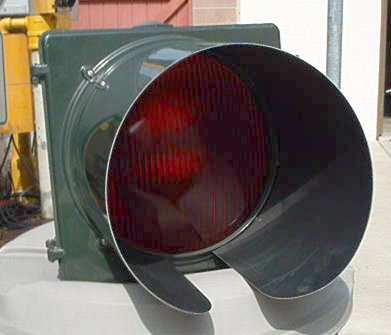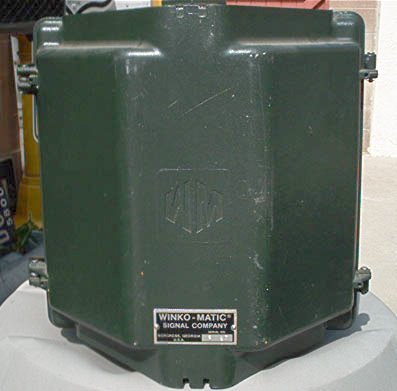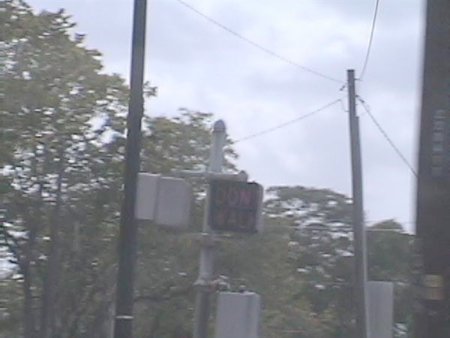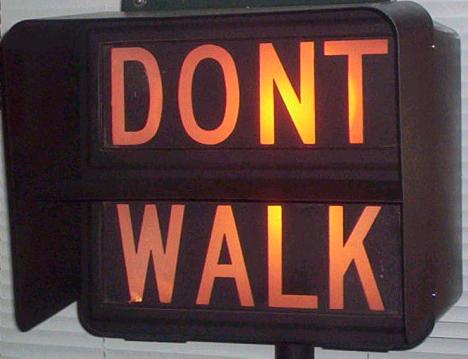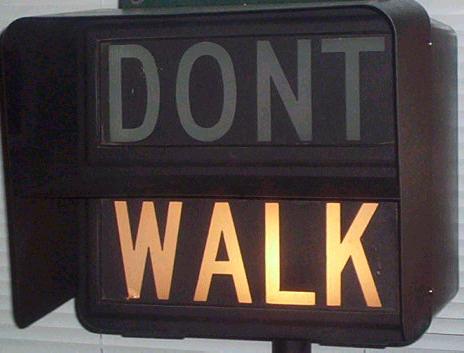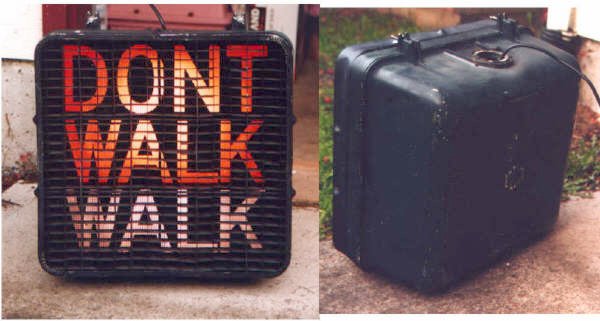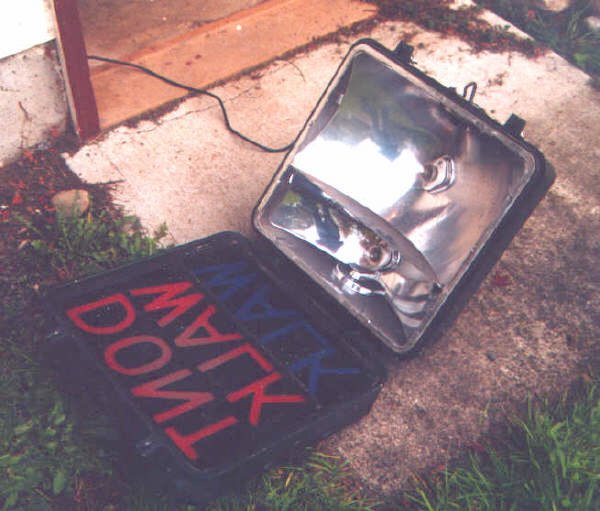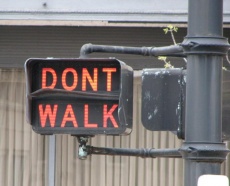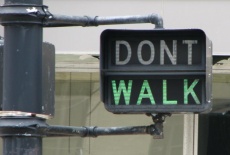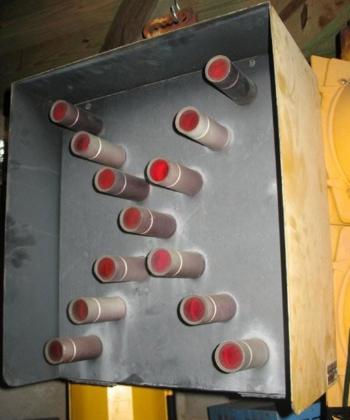Winko-Matic
This page is a work in progress!
Contents
- 1 Winko-Matic Company
- 2 Products
- 2.1 Traffic Signals (8" & 12")
- 2.2 Pedestrian Signals
- 2.3 School Zone Signals
- 2.4 Lane Control Signals
- 2.5 Signs
- 2.6 Controllers
- 3 --
- 4 --
- 5 --
- 6 --
- 7 --
- 8 [Original]
Winko-Matic Company
Products
Traffic Signals (8" & 12")
'Signature Style'
LFE-Style
Pedestrian Signals
Neon (16"-style)
Model 1 "Wide Format - Large" (DONT WALK)
Model 1 "Wide Format - Small" (DONT WALK)
Model 1 "Mini" (DONT WALK)
Model VI Slim-Line Modular (DONT WALK)
Model VI-NS (Hand / Man)
Model VI "Boxy housing" (DONT WALK)
Incandescent (16"-style)
[Unknown Model] (DONT WALK – Colored Bulbs)
Model VI-2L-AG (DONT WALK / WALK – Colored Lenses)
[Unknown Model] (Hand / Man – Colored Lenses)
Fiber Optic (16"-style)
Model VI Fiber-Optic (DONT WALK)
Fiber-Optic (12")
Model PFO-121 (DONT WALK)
School Zone Signals
Model BR-25 (6⅜" lenses – Sectional)
Model C-26 (10½" lenses – Sectional)
[Unknown Model] (10½" lenses – All.in.one housing)
Lane Control Signals
Model LCMX (Incandescent)
LV-1 & LV-2
LV-3
Model LCFO (Fiber-Optic)
Model LCT (Electro-Magnetic)
Signs
Variable Message Signs
Tri-Color (Rotating Reflectors – Overhead)
PCMS (Incandescent – Portable)
VMF 1-line (Incandescent – Overhead)
VMF 2-line (Incandescent – Road-Side)
VMX-72-17 (Incandescent – Truck Stop)
Infinitely Changeable (Incandescent – Anywhere)
Blank-Out Signs
Custom Message (Incandescent)
Model VI-BO (Incandescent)
[Unknown Model] (Fluorescent)
Variable Message (Incandescent)
Backlit Signs (Permanently Illuminated)
^ Incandescent
^ Fluorescent
Mechanical Folding Signs
Model BOMF
Rotating Drum Signs
Controllers
...
--
--
--
--
--
[Original]
Summary
Special thanks to clubmember "Ray" for this info.
Copied from the former MSN Signalfan Club without changes Oct. 2008
<article deleted at the request of parties mentioned in the article>
As recalled by Pete aka: RYGDWW
Copied from the former MSN Signalfan Club without changes Oct. 2008
I visited their facility in Avon Lake (the company has moved several times) before they moved to Atlanta / Norcross. They were a pretty big player in the communications side of computerized traffic control, making specialized central communications units to interface with mainframe minicomputers; and field located communications units that interfaced with local intersection controllers.
They also were one of the first to make fiber optic ped signals. Tampa bought a bunch of them. One design flaw - the reflector lamps were configured to face up - so that the reflector itself became a collector of condensation. Lamp life was a real problem, as the water would crack the lamp housing when the lamp was turned on. Tampa eventually went back and replaced the internal modules with other brands.
US Traffic acquired the Winkomatic / Multisonics line a couple of years ago. Within the last couple of months, US Traffic was acquired by Quixote, which also owns a number of other traffic related firms.
Traffic Signals
broken down into general categories
Adjustables
Figure: 12" Winko-Matic signal
Figure: Front of signal with interesting lens pattern.
Figure: Back of 12" signal showing "WM" logo and manufacturer plate.
Eight Inch signals did not have this ID plate installed.
Pedestrian Signals
16" Style Heads
Figure: Older Winko-Matic installation.
Figure: incandescent signal. [Photo by Blecha67]
Figure: WinkoMatic 16" incandescent ped signal. [Photo by Metro118]
Figure: Inside view. The lens has a rubber strip between the WALK and DONT WALK portions. The reflector is one piece. [Photo by Metro118]
Wide Format Heads
Much like the Neon Crouse-Hinds signals of times past, Winko-Matic created a Very Large format pedestrian signal. Large enough, in fact, that many municipalities would not consider these signals as they violated ordinances on sinage! These units were two section with seperate DONT and WALK housings covered by diffused clear lenses. Each section contained a red neon grid, but only the WALK contained a green neon grid allowing it to operate bimodally.
Informational Signals and Signs
LCMX-LV Lane Control Signal
Red X Sign Photo by SignalLab This is the 1970 Low-Voltage model. It has a self-contained power supply set to operate at 20 volts that runs the 15 watt lamps. Unlike modern units that use a single low-voltage halogen lamp passed through a color filter and fiber-optic cables, this one has a bulb in each lens. They were available as single indication (arrow or x) signals with a single color, or as bi/tricolor units with arrows and xes in red, yellow, and green. A single color x unit weighs approx. 35 lbs and is 20"W x 22" H x 11" deep.
Lenses
Controllers
Different type of controllers
Hardware
this would include any kind of mounting hardware including brackets slipfitters, hangers, bases, etc.
Restored Examples
a couple of quality pics of a restored unit

